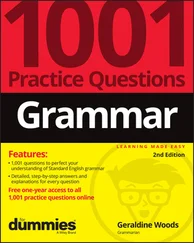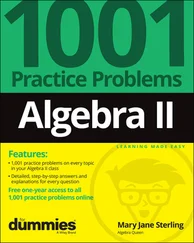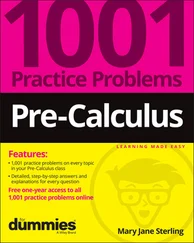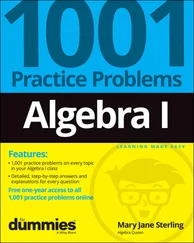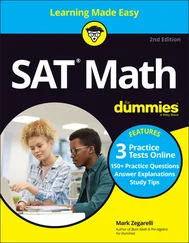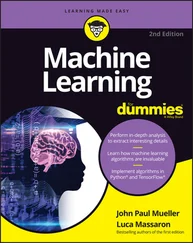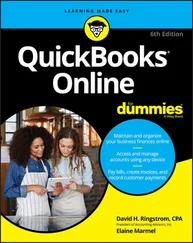1 ...6 7 8 10 11 12 ...22
Completing and turning in assignments
Some people believe that when you take an online class, you simply read an assignment and then take a test. This is partially true, but not as prevalent as you may think. Online instructors use a variety of assessment techniques to determine your level of understanding. As an online student, you may be asked to answer questions about the readings, write an essay that analyzes and evaluates research, give an oral presentation, or create a project to share with the class. All these formal assessment techniques require you to create something in a scholarly manner with proper citation and style formatting, depending on your instructor’s directions.
How you submit each type of assignment can also differ. You may be asked to post your assignment in a public discussion forum for others to read and respond to. Alternatively, you may be asked to submit your work via a private, virtual drop box that only the instructor has access to. Other types of submission methods exist as well. The method for submission depends on the assignment, the purpose of the assignment, and your instructor’s preference. Most online classes use a variety of submission methods.
We discuss how to finish and submit different types of assignments in detail in Chapter 16.
Transitioning after you’re done with school
Many online learners go to school to either start a new career or earn a promotion at their current job after graduating. Reminding yourself why you’re going to school and tracking your progress can help you stay on track and prepare for that transition. Some degree programs require students to develop and maintain an electronic portfolio, also known as an ePortfolio — think of it as an electronic résumé that allows invited visitors to see your academic/work history, sample assignments, and other pertinent information. Find out more about this topic and others related to transitioning in Chapter 17.
Looking at a Few Special Situations in Online Education
Online education opens access for learners who struggle in other contexts. In this section, we show how certain groups of students can be served via online learning. We begin with a discussion of where the youngest group — homeschooled and high school students — fit in, and then move to learners with disabilities.
Students in kindergarten through high school
Sometimes young learners want or need a different structure for learning than traditional schools offer. This includes kids who fall into these broad categories (among others):
Child actors and athletes who need to travel: Whereas these kids used to have private tutors, now they can stay on top of coursework by enrolling in online schools.
Kids who live in areas where the schools can’t offer advanced or specialized courses: This describes a good number of rural communities. Online courses can fill in the gaps.
Learners hoping to avoid some of the high school influences of drugs or gangs: Online students can focus on the academics.
Students who fail a class and jeopardize graduating on time: The process of making up coursework used to mean summer school; now it includes online courses.
In many cases, states support online education for kids from kindergarten through high school via charter schools. Students within the state can take online courses to supplement or augment traditional curricula. Or, they may choose to forego traditional education altogether and take online courses exclusively. In Chapter 18, we discuss online education for kids of all ages, including how it differs from online education for adults, the variety of online schools available for kids, and the K–12 enrollment process.
Learners with disabilities
Online classes provide an exceptional alternative educational opportunity for persons with disabilities. Learners with physical disabilities can avoid the hassle of traveling to campus and navigating the physical classroom. For those with learning disabilities, technology can assist in activities such as prolonging test times and spell-checking documents. However, depending on a person’s specific impairment and the institution’s knowledge regarding the creation of accessible content, online learning may still present difficulties.
State and federal laws continue to be created that require public institutions to develop all materials in an accessible manner. However, not all those responsible for creating online courses are aware of these regulations or are trained on how to implement the guidelines. Therefore, websites, LMSs, and course content can sometimes lack design structures that meet accessibility standards. In Chapter 19, we provide a list of questions you can ask to help determine whether an institution is prepared to accommodate your learning needs.
The law provides learners who have disabilities the right to equal access to information in a comparable format to their peers who are without disabilities. However, with this right comes responsibility. To receive appropriate and reasonable accommodations, persons must voluntarily disclose and document their impairment before accommodations will be made. Accommodations, which are based on each individual’s needs, are usually determined with the help of the institutions’ disability services department staff. Find out more about this process in Chapter 19.
Chapter 2
The Traits and Benefits of Online Learning
IN THIS CHAPTER
 Comparing online learning to its traditional counterpart
Comparing online learning to its traditional counterpart
 Looking at who’s learning online
Looking at who’s learning online
 Watching out for a few potential disadvantages
Watching out for a few potential disadvantages
 Considering the traits you need to succeed
Considering the traits you need to succeed
Ask almost anyone in the civilized world to describe school and they will probably tell you about a physical place — a shelter with a roof, desks, and chairs — along with people who assume specific roles, like teacher or student. The teacher decides what is to be taught, passes on the information to students, and awards scores to indicate their progress. The students sit attentively, do the work prescribed by the teacher, and perform tasks or take tests that measure how much they’ve achieved. That’s the old-fashioned model of a school, one that is familiar to most people. Even a one-room Amish schoolhouse fits that description.
Yet ask someone about online learning and you’ll likely get a different perspective. Almost everyone learns online! Whether you log in to your company’s compliance training, view a free course about personal finances, or watch a YouTube video on how to change a fuse in your car — you are learning online. With the arrival of the Internet, the world has increasingly shifted from classroom-based instruction to learning online.
In this chapter, we sort through the factors that make the online experience different from traditional education. By taking a look at who is learning online and what they’re gaining from the experience, along with doing some honest self-assessment on your own, you'll be able to determine whether this type of learning is right for you.
What Makes Online Learning Different from Traditional Education?
Читать дальше
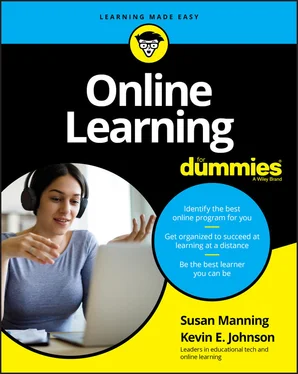
 Comparing online learning to its traditional counterpart
Comparing online learning to its traditional counterpart